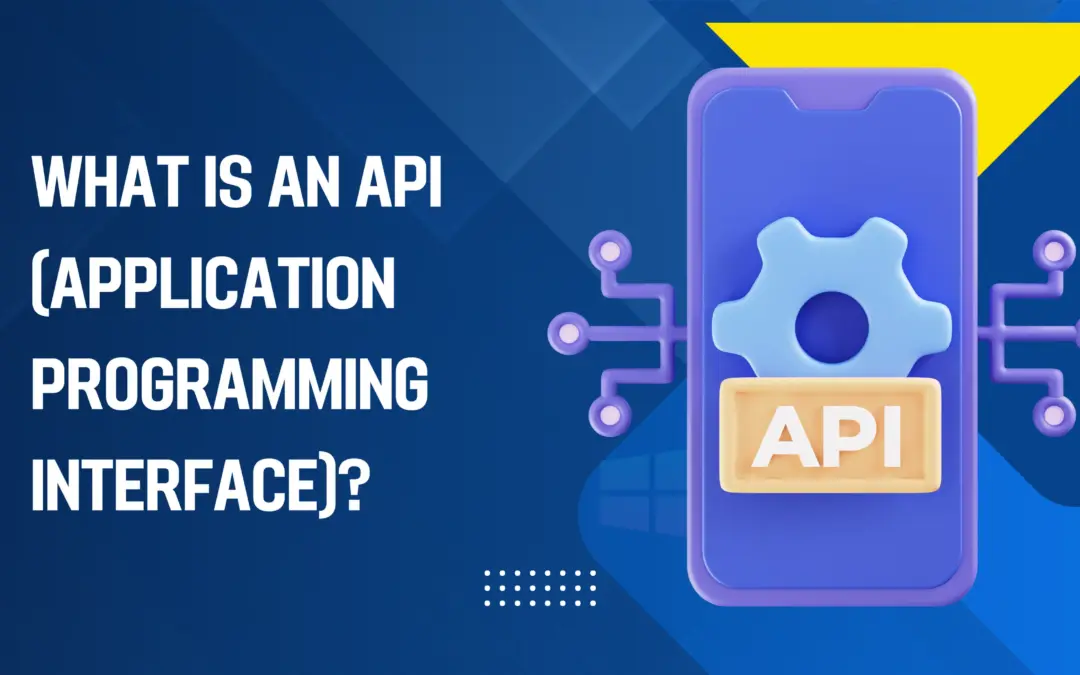Staring at a confusing error in Google Search Console (GSC) can feel like trying to decipher a secret code. You know your site’s search visibility is at stake, but the path to a fix isn’t always clear.
This guide cuts through the complexity. We’ll translate GSC’s cryptic messages into plain English and provide actionable, step-by-step solutions to the most common and critical issues. By the end, you’ll be equipped to not just fix problems, but to proactively build a healthier, higher-ranking website.
Why Google Search Console is Non-Negotiable for SEO
Think of Google Search Console not as a tool, but as your website’s direct line of communication with Google. It’s the only platform where Google tells you:
- How it sees your site: Uncover crawling errors, security issues, and indexing blocks.
- How users find you: Analyze your search rankings, clicks, and impressions.
- What experience do you provide: Get vital feedback on mobile usability and page speed (Core Web Vitals).
Ignoring GSC is like flying a plane with no instruments. You might be moving, but you have no idea if you’re headed for a mountain.
Decoding and Fixing Top Google Search Console Issues
1. Indexing Issues: “Why Isn’t My Page in Google?”
This is the most common headache. Your pages are live, but they’re not showing up in search results. Here’s what the Coverage Report really means.
Issue: “Crawled – currently not indexed”
- The Human Translation: “I found your page, but I have a massive backlog of pages to process. Yours didn’t make the cut because it seems low-priority or low-value.”
- Root Causes: Thin content, duplicate content, poor internal linking (page is buried), or a large site that exceeds Google’s “crawl budget.”
- Actionable Fix:
- Enhance Content Value: Don’t just publish; create the best page on the internet for that topic. Add unique insights, data, or multimedia.
- Boost Internal Links: Add 2-3 contextual links from your powerful, already-indexed pages (like your blog homepage or pillar articles) to the new page. This signals its importance.
- Request Indexing: Use the URL Inspection tool on the specific page. After checking the URL, click “Request Indexing.” This jumps it to the front of the queue.
Issue: “Duplicate without user-selected canonical”
- The Human Translation: “I see multiple versions of this same content (e.g., with ?utm_ parameters, or http vs https), and I’m confused about which one is the ‘original’ you want me to show.”
- Root Causes: URL parameters for tracking, session IDs, printer-friendly pages, or incorrect site architecture.
- Actionable Fix & Example:
- Implement Canonical Tags: On every duplicate page, add a <link> tag in the <head> section that points to the one “true” version (the canonical URL).
- Example: On the URL yoursite.com/dress?color=red, the tag would be:
- html
- <link rel=“canonical” href=“https://www.yoursite.com/dress/” />
- Use 301 Redirects: For obsolete URL structures (like moving from http to https), use permanent 301 redirects to funnel all value to the correct page.
2. Mobile Usability: “Is My Site Mobile-Friendly?”
With mobile-first indexing, this report is critical. Errors here directly impact your ranking for mobile searches.
Common Error: “Text too small to read”
- The Problem: Users have to “pinch-to-zoom” to read your content, creating a frustrating experience.
- Actionable Fix: Use relative units (rem or em) in your CSS instead of fixed pixels (px). This allows text to scale appropriately across different screen sizes.
Common Error: “Clickable elements too close together”
- The Problem: Users accidentally tap the wrong button because links or menu items are too close.
- Actionable Fix: Ensure all buttons and tappable links have sufficient padding and are at least 48px in size. Add CSS padding and margin to create a “touch-friendly” zone.
3. Core Web Vitals: “Is My Site Too Slow?”
This report measures real-user experience. Failing here tells Google your site provides a poor experience, which can hurt rankings.
Metric: LCP (Largest Contentful Paint) – “Is it loading?”
- The Goal: LCP should occur within 2.5 seconds (good).
- Actionable Fix: Optimize your images. This is the #1 fix for most sites.
- Example: Convert large PNGs to modern formats like WebP or AVIF, which can reduce file size by 50-80% without visible quality loss. Use tools like ShortPixel, Imagify, or Squoosh.
Metric: CLS (Cumulative Layout Shift) – “Is it stable?”
- The Goal: CLS should be less than 0.1 (good).
- Actionable Fix: Always define dimensions for your media.
- Example: Always include width and height attributes on your images and videos. This tells the browser how much space to reserve before the image loads, preventing the page from jumping.
- html
- <img src=“puppy.jpg” width=“640” height=“360” alt=“Cute puppy” />
4. Security & Manual Actions: The “Red Alert” Issues
Manual Actions
- What it is: A human at Google has penalized your site for violating webmaster guidelines (e.g., spammy links, thin affiliate content, cloaking).
- The Fix: This is a serious process.
- Read the detailed message in the “Manual Actions” report.
- Audit your site thoroughly to find and remove every instance of the violation (e.g., use Ahrefs/Semrush to find and disavow toxic backlinks).
- Document your entire cleanup process.
- File a Reconsideration Request with Google, explaining what you did. Honesty and thoroughness are key.
Hacked Content
- What it is: Malicious actors have injected spammy pages or code into your site.
- The Fix:
- Identify: GSC will often show examples of hacked URLs.
- Clean: Work with your developer or hosting provider to completely remove all malicious code. Change all passwords.
- Request Review: Once 100% clean, use the “Request Review” button in GSC.
Proactive GSC Health Checklist: Prevent Issues Before They Start
Don’t just react. Build a resilient site by making these checks part of your monthly routine:
- Submit a Sitemap: Ensure your XML sitemap is submitted and error-free in the “Sitemaps” report.
- Test robots.txt: Use the robots.txt Tester to ensure you aren’t accidentally blocking vital CSS/JS files or important pages.
- Validate with URL Inspection: Before and after any major site change, use the URL Inspection tool to see exactly how Google renders your page. It’s the ultimate debugger.
- Set Your Preferred Domain: In Settings, tell Google if you prefer the www or non-www version of your site to avoid duplicate content.
Key Takeaway: Listen to the Data
Google Search Console isn’t about chasing algorithms; it’s about understanding user experience. The issues it flags are direct feedback on how real people (and Googlebot) interact with your site. By systematically addressing these reports, you’re not just fixing errors—you’re building a faster, more usable, and more trustworthy website that both users and search engines will reward with higher visibility. Stop guessing and start listening. Your traffic will thank you.

